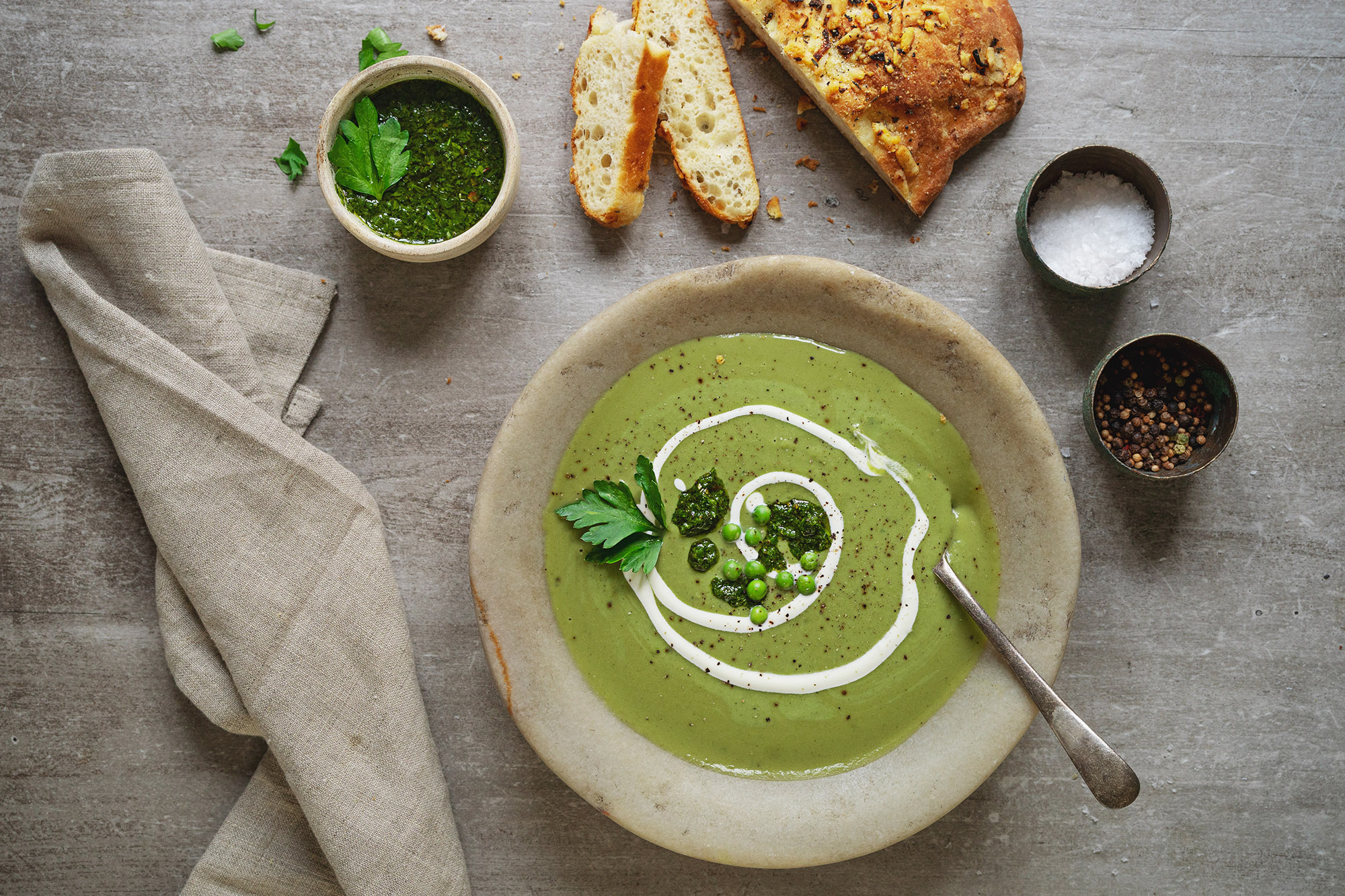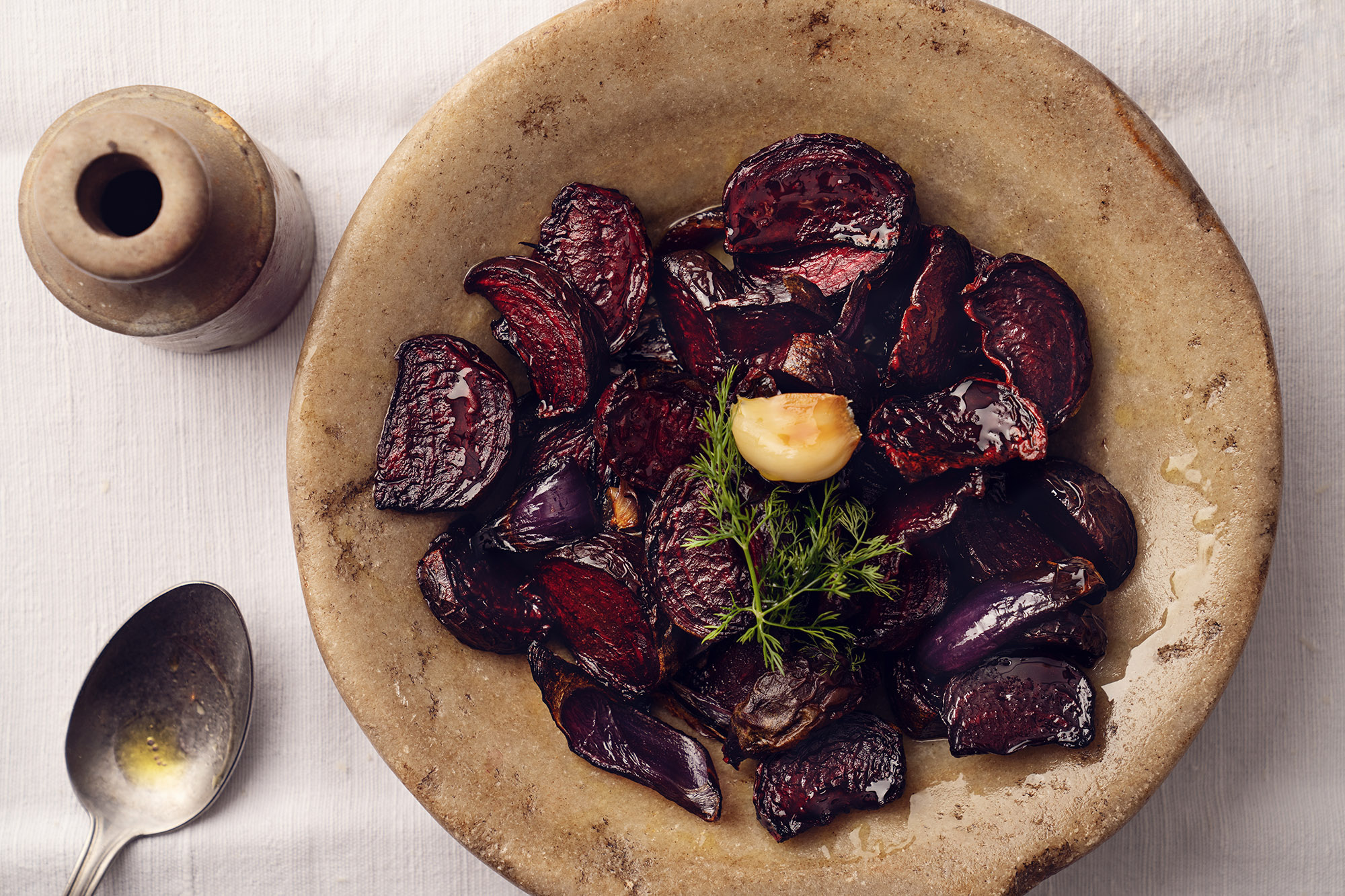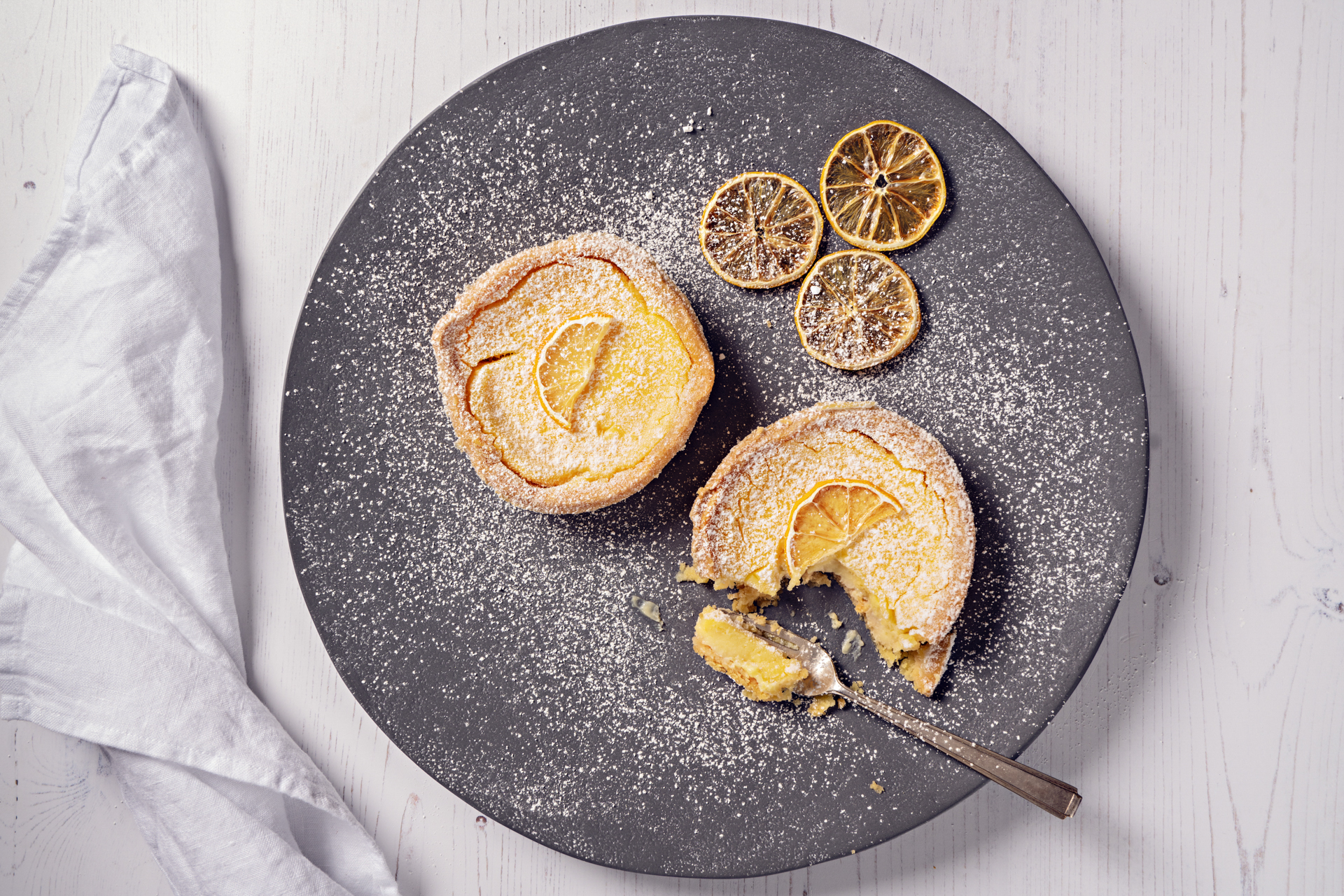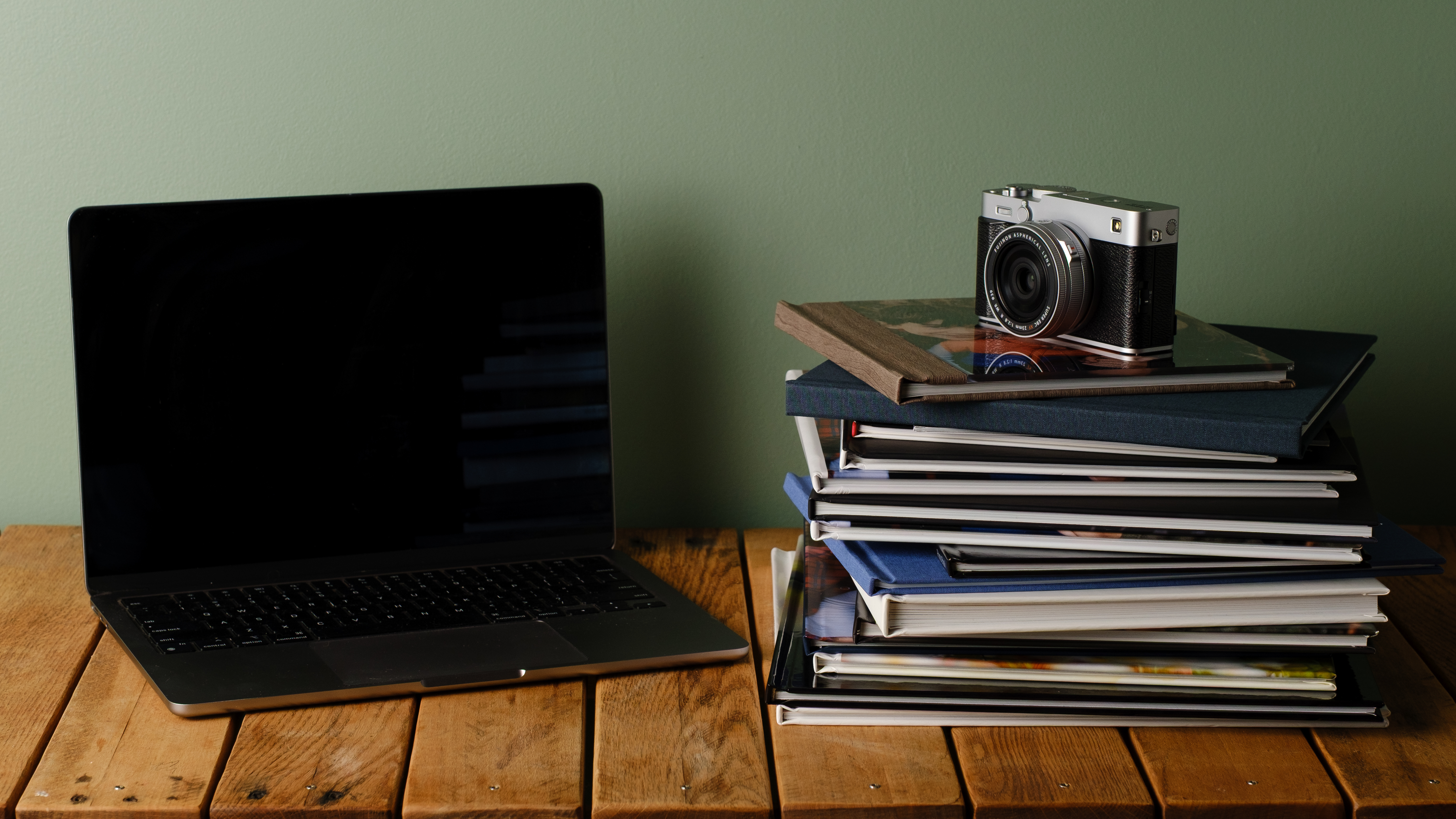How I became a food photographer: Pro reveals her top tips
Based in Cornwall, southwest England, Kate Kirkman specializes in food, weddings, portraits and boudoir photography.
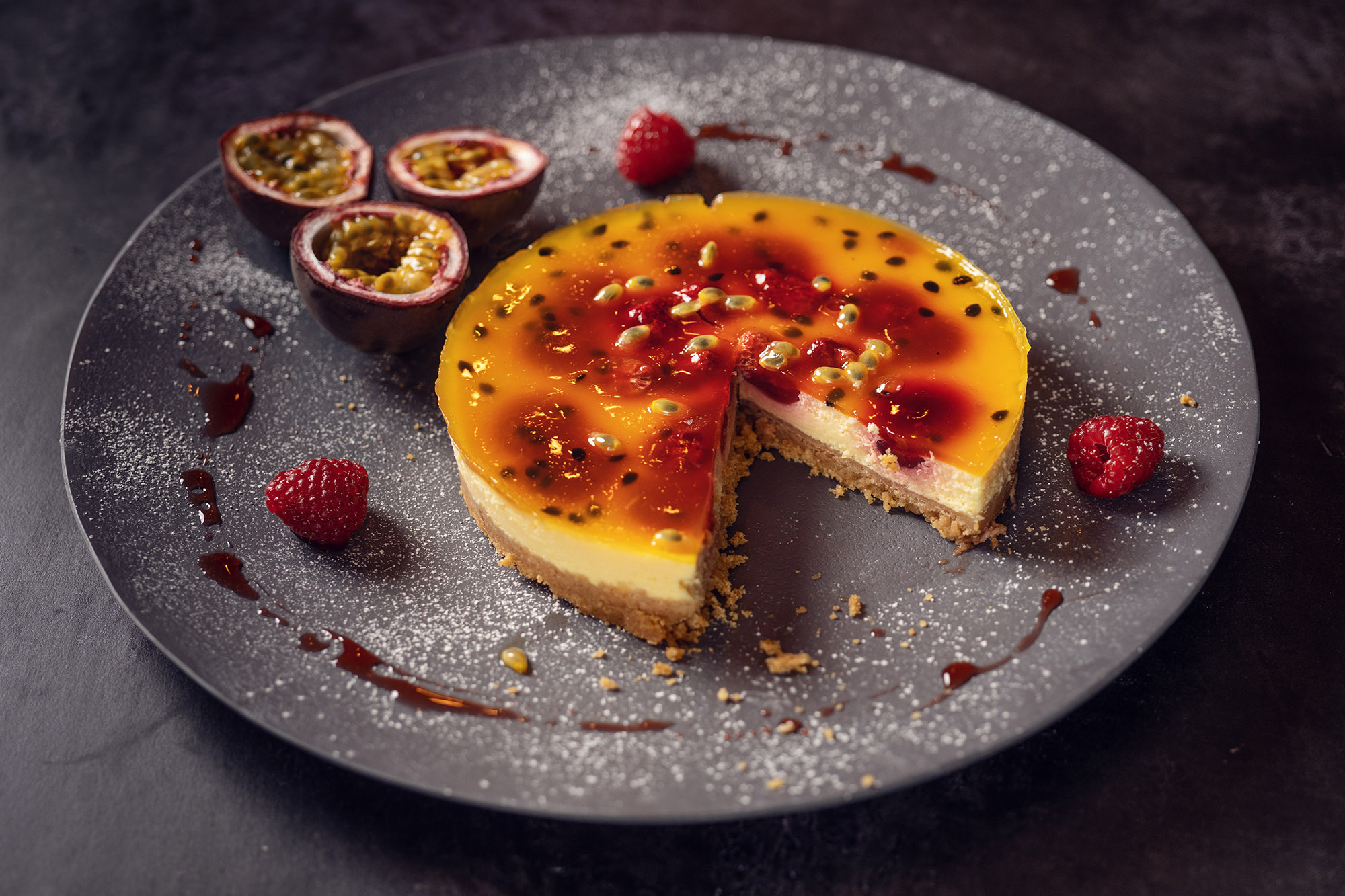
Kate is one half of the Kate and Brent Kirkman creative partnership, which specializes in storytelling solutions for a variety of clients. The duo are both Sony European Imaging Ambassadors and Rotolight Masters of Light. We caught up with her to ask about how she got into food photography.
What first attracted you to photography, and how did you get into shooting food?
I needed a hobby to save me from the Groundhog Day of small children and I was attracted to photography because I love painting and it seemed a much faster way to be creative. Plus, I had two small children on hand to practise with.
I didn’t set out to become a food photographer – it happened quite naturally as part of my work capturing weddings and events. I was asked more and more to photograph the food, and from there, I realised it’s a speciality in its own right and I enjoyed the styling side of it, too. Compared to working with people, it’s calmer and more controlled – but the human element still finds its way in, particularly when the project involves chefs or restaurant teams, which I also love.
As your career developed, what was your most important breakthrough?
The biggest breakthrough for me, especially in terms of confidence, was understanding how to use additional lighting. Initially, it was all about using flash in as natural a way as possible, but recently I’ve moved towards continuous light. Food shoots can take hours so you need to create a lighting set-up or environment that can remain consistent over a long period. Once I understood how to shape and control light, everything changed. I also recognised the importance of developing a consistent style – clients are essentially buying a product, and they need to trust that what they see is what they’ll get.
What has been the best thing about your career to date?
Working with Sony as an Ambassador has been a highlight. It’s a fantastic brand – supportive, collaborative and open to ideas. We’re currently exploring ways to work with photography students and help prepare them for the reality of the commercial world beyond academia, which is a valuable area to support.
What advice would you give someone who wants to get into food photography as a career?
Start by photographing the food around you – at home, in cafés, at events – and use it as a chance to practise. Don’t be afraid to experiment with lighting and composition, and take the time to understand what makes food look appealing on camera. The learning curve is steep, but it’s worth it.
There are so many small businesses who desperately need food content for marketing and social media so finding people to provide the key ingredients shouldn’t be hard. One skill that can be overlooked is composition – it is critical to the success of food photography so if you don’t feel confident then brush up on colour theory, balance and contrast.
The best camera deals, reviews, product advice, and unmissable photography news, direct to your inbox!
How difficult is it to master the technical elements, such as working with the kind of lighting required?
It’s not easy! We all need to put in the hours and get through the first 10,000 photographs. But the good news is that knowledge directly feeds confidence. I can’t stress enough how important it is to lean into the things you find intimidating or don’t understand. Once you get over that, everything is easier.
Start simple – single-light setups and experiment with diffusion and using reflectors to fill shadows. See if you prefer hard or soft light. Pay particular attention to the direction of the light source and then, slowly, add more lights if you think your set-up needs them.
Do you have a recognisable style and how important is it to have one?
Yes, I do – and I’ve come to realize how important that is. When someone books you, they’re investing in your creative vision, so consistency is key. It’s about finding that sweet spot where your artistic instincts align with what clients are looking for. Having said that, don’t be a one-trick pony – at the end of the day, you are shooting for brands and businesses who will have a look and feel, and you need to be able to create the aesthetic they need.
Is all your food photography shot to a brief, or do you explore your creative approaches with personal work too?
Most of my food work is commissioned and brief-led, but I always try to carve out time for personal projects. It gives me a chance to test new ideas and shoot without constraints, which makes my client work better. My husband and I are creating an outdoor kitchen space for shoots, so we’re having fun with that.
Which Sony camera and lens combinations do you favour, and what could you not do without?
I use the Sony Alpha system and switch between a few favourites depending on the job. My main body is an A9 II but we also use an A7 IV and an A7S II for filming. The FE 24-70 F2.8 GM is versatile, especially when shooting wider setups. The FE 90mm F2.8 Macro G OSS is a staple for food – it allows you to capture all the little details. If you’re starting out, you can create wonderful food photography with a simple 50mm lens.
What sort of post-production do you do to your images?
My editing style is clean and natural – I want the food to look like something you could reach out and eat. I’ll adjust colour, contrast and sharpness to bring the image to life, but I try to avoid anything that feels over-processed. I sometimes add a subtle colour grade or filter if it enhances the final image.
Is social media important for getting your work seen and continuing to develop an audience?
Yes, it’s important. I’ve finally accepted that it’s here to stay. I’ll admit it doesn’t come naturally, but I’m committed to getting better. I’ve realised that with a bit of effort and planning, it doesn’t have to be overwhelming – or take up so much time. Part of the problem is that we have three photography brands so I can easily feel overwhelmed.
Digital Camera World is the world’s favorite photography magazine and is packed with the latest news, reviews, tutorials, expert buying advice, tips and inspiring images. Plus, every issue comes with a selection of bonus gifts of interest to photographers of all abilities.
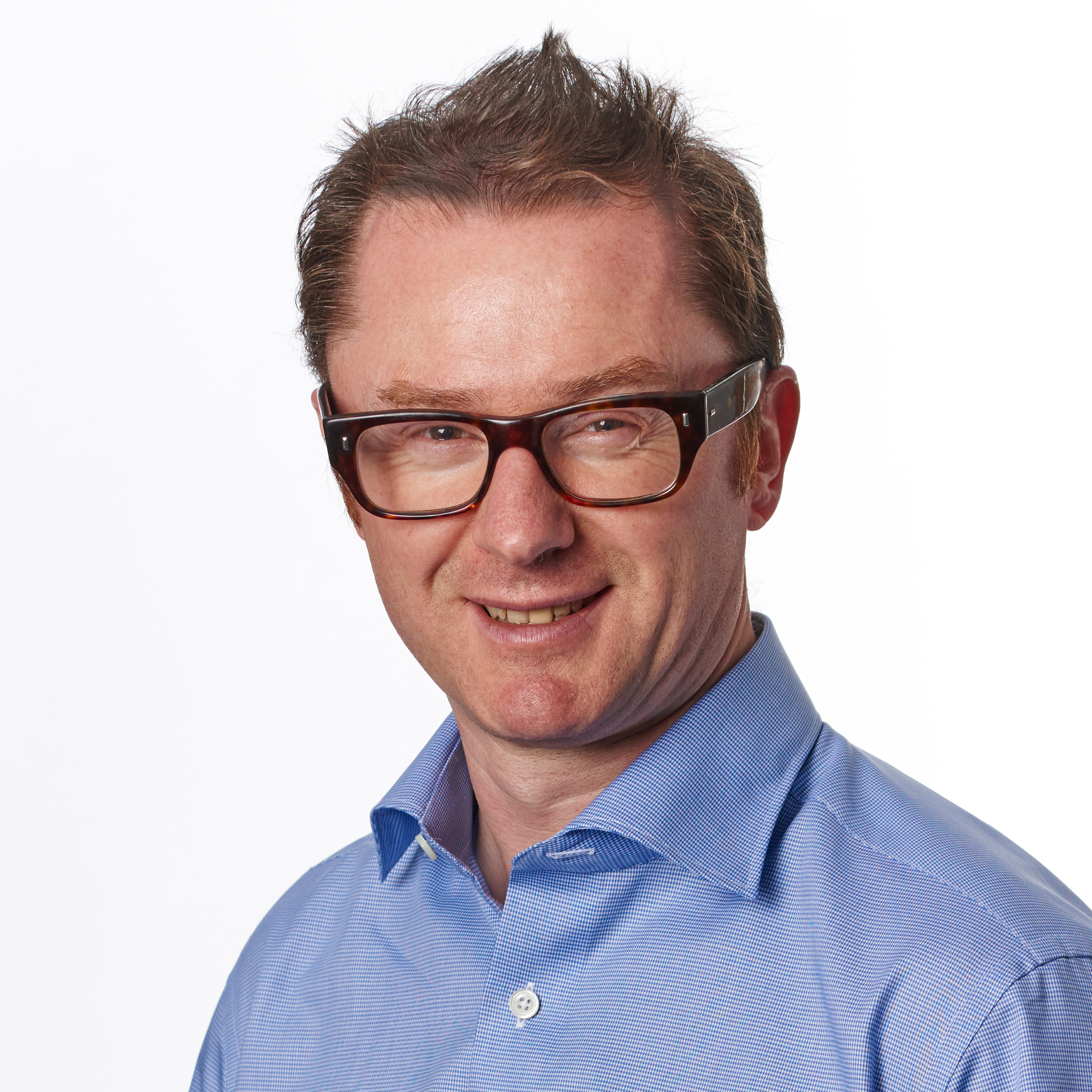
Niall is the editor of Digital Camera Magazine, and has been shooting on interchangeable lens cameras for over 20 years, and on various point-and-shoot models for years before that.
Working alongside professional photographers for many years as a jobbing journalist gave Niall the curiosity to also start working on the other side of the lens. These days his favored shooting subjects include wildlife, travel and street photography, and he also enjoys dabbling with studio still life.
On the site you will see him writing photographer profiles, asking questions for Q&As and interviews, reporting on the latest and most noteworthy photography competitions, and sharing his knowledge on website building.
- Wendy EvansTechnique Editor, Digital Camera magazine
You must confirm your public display name before commenting
Please logout and then login again, you will then be prompted to enter your display name.
